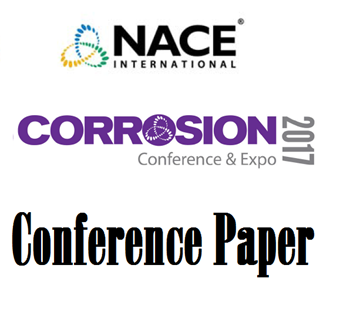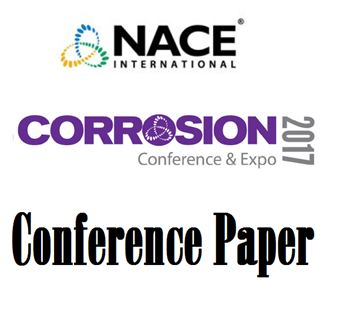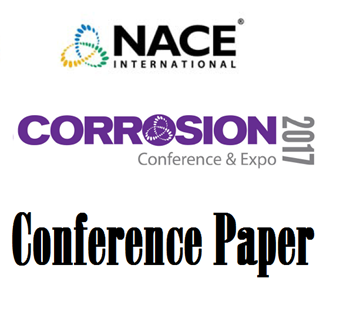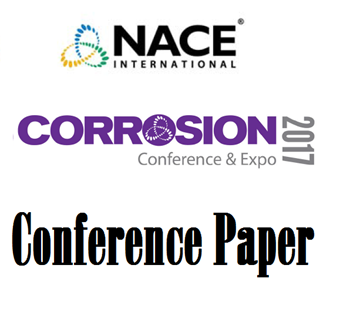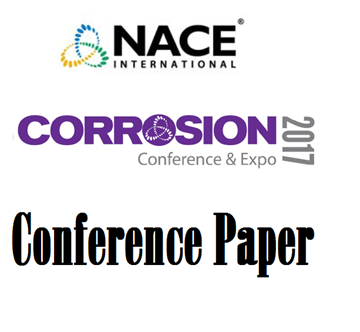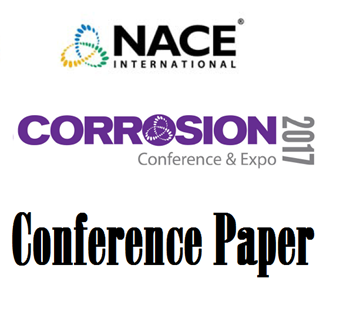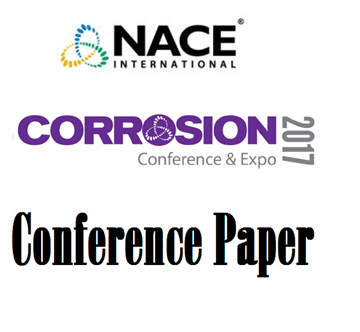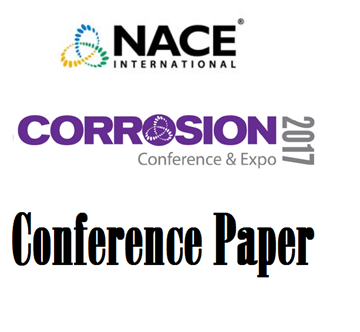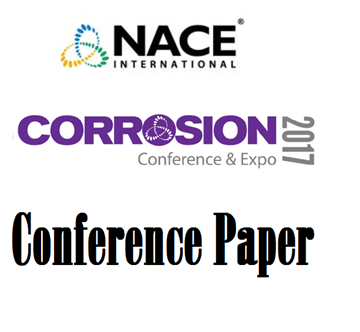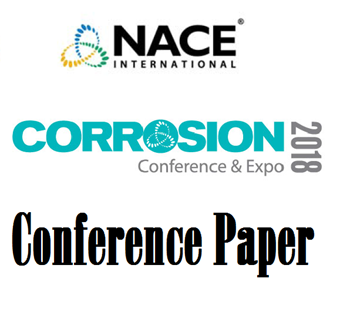Search
Materials Selection and Design
View as
Sort by
Display
per page
51317--9667-Additive Manufacturing for Sour Service: an Experimental Investigation
Product Number:
51317--9667-SG
ISBN:
9667 2017 CP
Publication Date:
2017
$20.00
51317--9669-Effect of Strain Rate on the Crack Growth Rate of 718 Under Cathodic Potentials
Product Number:
51317--9669-SG
ISBN:
9669 2017 CP
Publication Date:
2017
$20.00
51317--9676-Temperature Sensitivity of the Corrosion Performance of 316L in Concentrated Sweet Brines
Product Number:
51317--9676-SG
ISBN:
9676 2017 CP
Publication Date:
2017
$20.00
51317--9690-Effect on Corrosion Behavior of the Heat Treatment Temperature of 30408 Stainless Steel
Product Number:
51317--9690-SG
ISBN:
9690 2017 CP
Publication Date:
2017
$20.00
51317--9715-Problems Related to the Slow Strain Rate Test Performance and the Specimen Characterization in Austenitic Corrosion Resistant Alloy Tubes
Product Number:
51317--9715-SG
ISBN:
9715 2017 CP
Publication Date:
2017
$20.00
51317--9717-Characterization of SCC Initiation Precursors in Cold-Worked Alloy 690
Product Number:
51317--9717-SG
ISBN:
9717 2017 CP
Publication Date:
2017
$20.00
51317--9747-Recent Failures of 2205 Duplex Stainless Steel in FGD Scrubbers - Could They Have Been Avoided?
Product Number:
51317--9747-SG
ISBN:
9747 2017 CP
Publication Date:
2017
$20.00
51317-9761- Microstructural influences of corrosion sensitization in Al 5XXX series aluminum alloys
Product Number:
51317-9761-SG
Publication Date:
2017
$20.00
51317-9771- A Comparison of Corrosion Resistant, High N Austenitic Stainless Steels
Product Number:
51317-9771-SG
Publication Date:
2017
$20.00
51317--9779-Pitting Corrosion in AZ31 Magnesium Alloy in Potassium-Based Electrolytes
Product Number:
51317--9779-SG
ISBN:
9779 2017 CP
Publication Date:
2017
$20.00
51317--9806-Corrosion Resistance of Metal Matrix Composite Coatings - Effect of Microstructure
Product Number:
51317--9806-SG
ISBN:
9806 2017 CP
Publication Date:
2017
$20.00
51318-10557-Investigation & Mitigation of Corroding Bonded Post Tension Tendons
Product Number:
51318-10557-SG
Publication Date:
2018
$20.00


